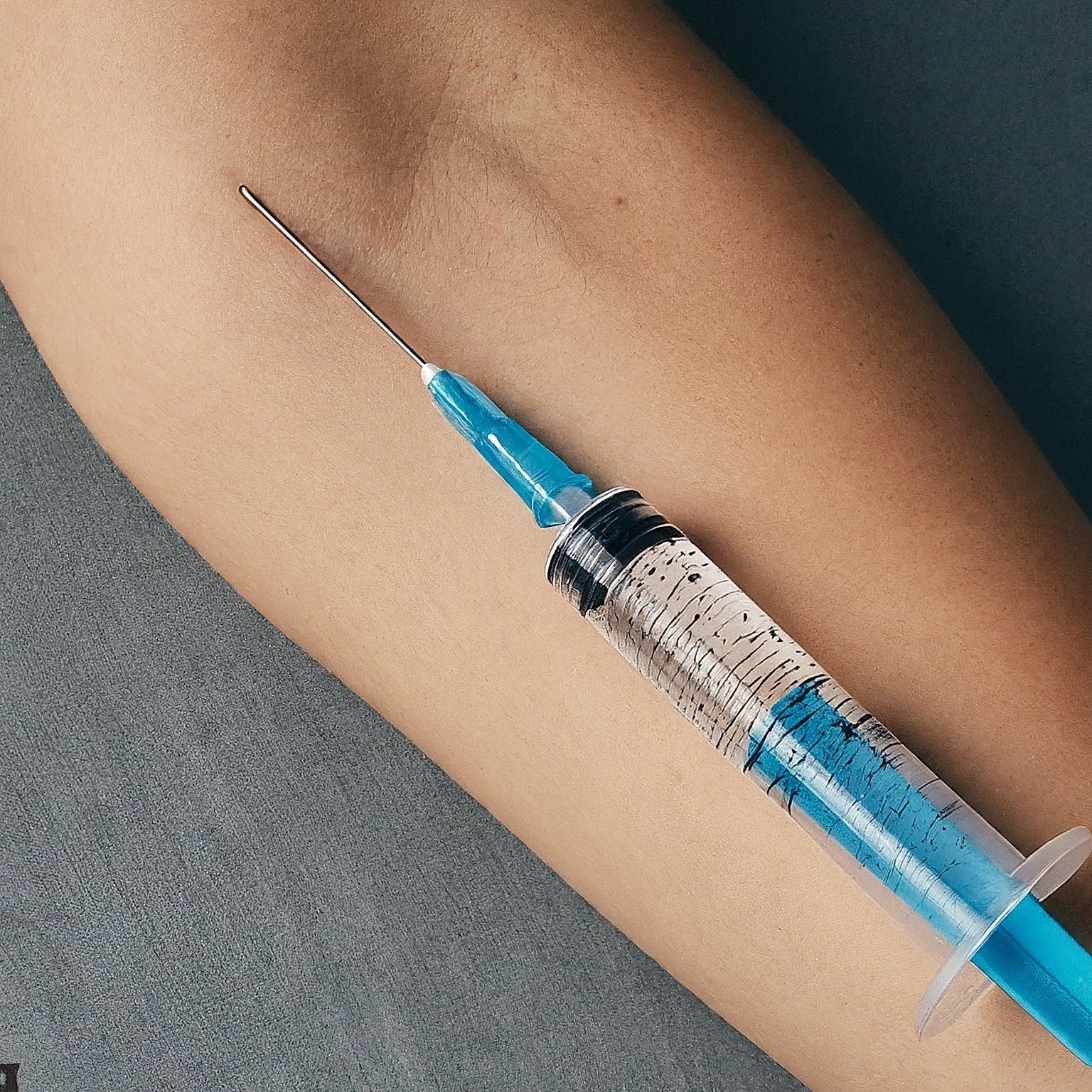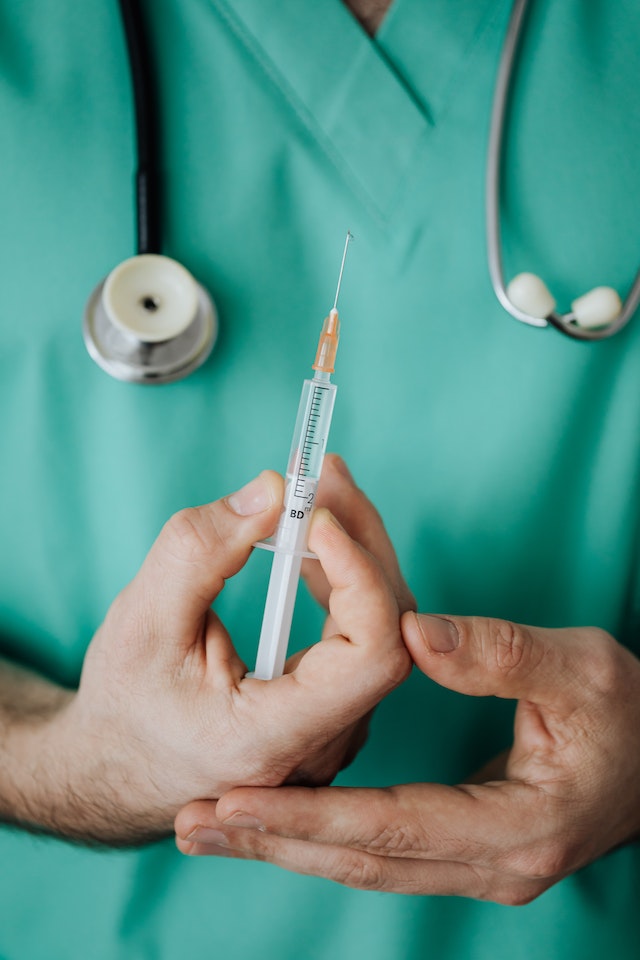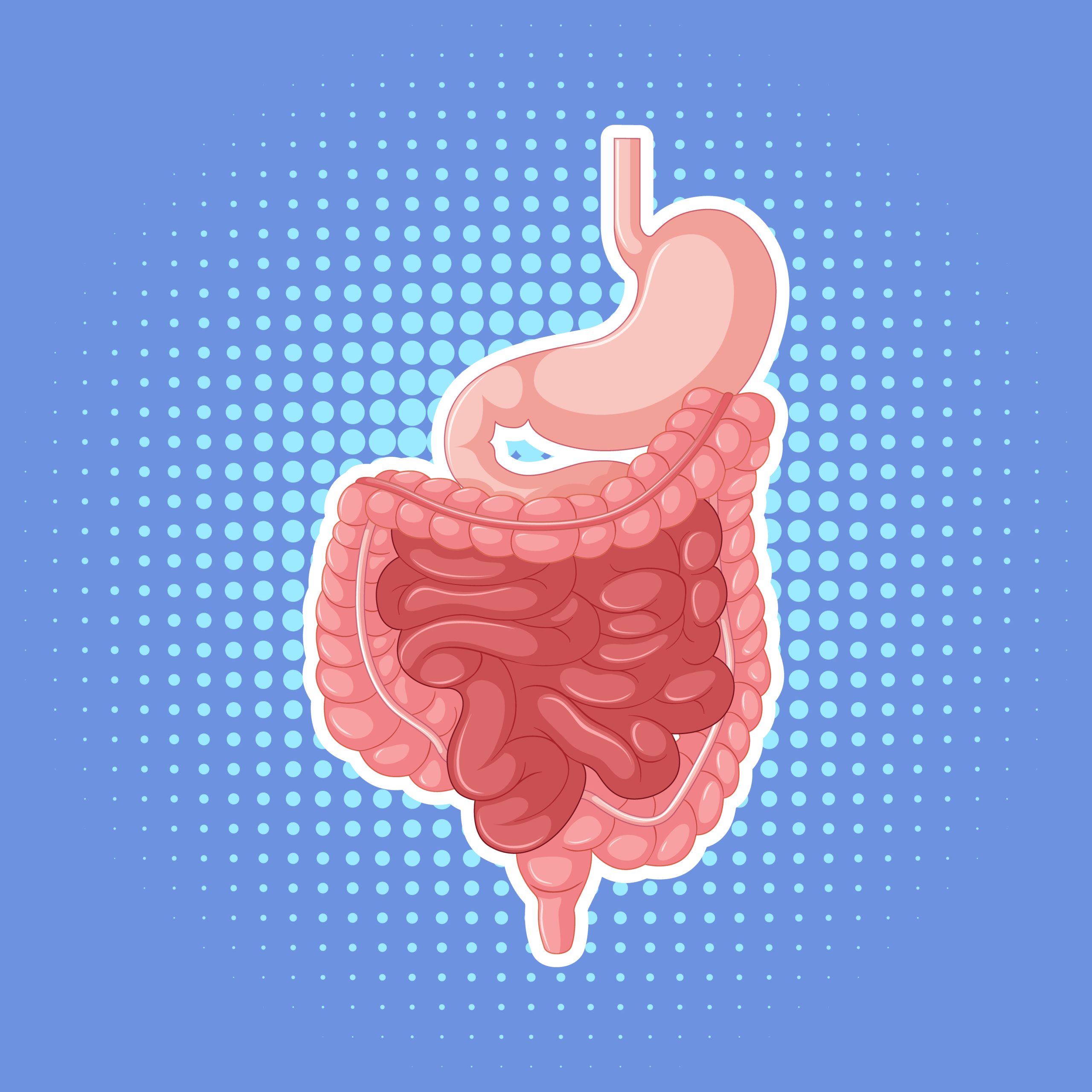The Journey of Vaccine Development
The development of a vaccine is a complex and time-consuming endeavor that requires a substantial investment of time, resources, and expertise. It involves a meticulous and labor-intensive process akin to solving a intricate puzzle, where researchers diligently piece together the necessary components to create a vaccine that offers effective protection against a specific disease.
From the initial identification of a disease to the final approval and distribution of a vaccine, the entire process can span over a decade, often up to 15 years or longer. This lengthy timeline is crucial to ensure that the vaccine is not only efficacious but also safe for widespread use. While much of the vaccine development work in the United States is carried out by private companies, government agencies also play a vital role in providing funding for research and development, as well as regulatory oversight to ensure compliance with all necessary protocols and procedures.
Through collaboration between private industry and government entities, researchers can expedite the vaccine development process and ultimately safeguard the public from infectious diseases. This synergistic approach underscores the significance of cooperation and coordination in addressing global health challenges.
The Role of the U.S. Food and Drug Administration (FDA) in Vaccine Trials
The pre-clinical phase of vaccine development is a crucial stage in evaluating the safety and efficacy of a vaccine prior to human trials. This phase involves laboratory testing, including animal studies, to assess the vaccine’s potential for success in humans.
Following successful completion of the pre-clinical phase, a company must submit an Investigational New Drug (IND) application to the FDA, providing detailed testing plans and data from the pre-clinical studies. The FDA thoroughly reviews the application to determine if the vaccine is safe and effective for human testing.
If the IND application is approved, the vaccine can proceed to human clinical trials, which are conducted in three distinct phases. Phase I trials involve a small number of healthy volunteers to assess safety and dosage. Phase II trials expand the study to a larger group to further evaluate safety and efficacy.
Phase III trials, the final step before approval, test the vaccine on a larger population to confirm effectiveness and monitor for any adverse effects. The testing process for vaccines in humans is closely regulated and meticulously monitored to ensure the safety and efficacy of the vaccine prior to widespread use.

Monitoring Vaccine Safety with the Vaccine Safety Datalink
The ongoing monitoring of vaccine safety post-approval is a critical component of public health initiatives. The Vaccine Safety Datalink (VSD) is a collaborative project led by the Centers for Disease Control and Prevention (CDC) and various health organizations in the United States.
This initiative plays a crucial role in the continuous evaluation of vaccine safety in real-world settings. Utilizing health record data, the VSD tracks individuals who have received vaccines to identify any adverse effects or illnesses post-vaccination. This surveillance system allows researchers to assess the relationship between vaccination and potential side effects, enabling timely responses to any safety concerns.
The VSD is particularly valuable in assessing the safety of new vaccines or changes in vaccination protocols. By analyzing vaccination outcomes, researchers can detect patterns that may indicate potential risks associated with specific vaccines. Ultimately, the Vaccine Safety Datalink is an essential tool in maintaining the safety and effectiveness of vaccines in protecting public health. Through ongoing monitoring and analysis, the VSD addresses safety issues and contributes to the success of vaccination programs.
Benefits:
1. Understanding the Vaccine Development Process: This guide provides an easy-to-understand overview of the complex process of developing a vaccine, from lab research to human trials.
2. Learning About Vaccine Safety Checks: Learn about the critical role of the FDA and the VSD in ensuring the safety of vaccines, including the ongoing monitoring of vaccines once they’re in use.
3. Gaining Insight into Special Initiatives: Discover how special initiatives, such as Operation Warp Speed for the COVID-19 pandemic, can accelerate vaccine development while still maintaining safety standards.
The development of vaccines is a complex and meticulous process that requires the expertise and dedication of a team of scientists and healthcare professionals. Their tireless efforts are focused on ensuring that the vaccines being produced are both safe and effective in protecting individuals from harmful diseases, all while minimizing any potential negative side effects.
As members of the public, we also have a crucial role to play in supporting vaccine development. By adhering to guidelines set by health authorities and participating in clinical trials, we can contribute valuable data that is essential in determining the safety and efficacy of various vaccines. Our cooperation and compliance with vaccination efforts are fundamental in controlling the spread of infectious diseases and safeguarding our communities.
While the wait for vaccines to become available may be challenging, it is important to prioritize thorough research and testing to ensure the safety and efficacy of the vaccines being administered. Rushing the development process can have serious consequences, so it is vital that we continue to support the work of these dedicated professionals and fulfill our responsibilities as responsible members of society to ensure the success of vaccine development efforts.










